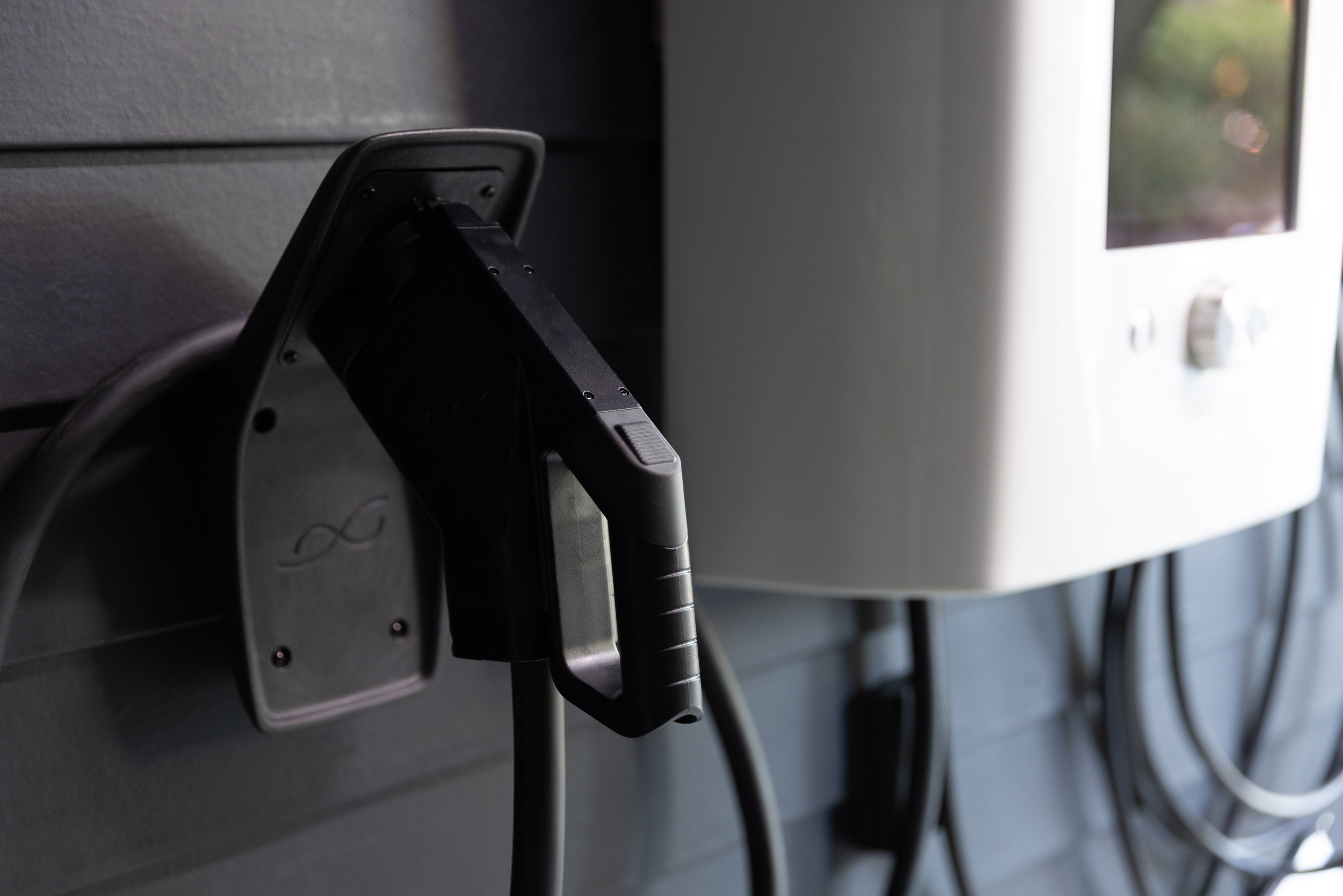Engineers from Cornell University have proposed a solution to a tricky problem: where to #install electric vehicle (#EV) #charging #stations to make them convenient for drivers and profitable for investors. In urban settings, the strategic placement of charging stations is crucial for increasing the adoption of electric vehicles and the profitability of charging stations.
The "Chicken and Egg" Problem of Charging Station Infrastructure
Co-author Oliver Gao, the Howard Simpson 1942 Professor of Civil and Environmental Engineering at Cornell Engineering, likens the improvement of charging station infrastructure to the "chicken and egg" problem. Without an adequate number of charging stations, consumers are less likely to purchase electric vehicles; conversely, without a significant number of electric vehicle owners, publicly available charging stations won't be #profitable, leading to a decrease in their numbers.
Findings of the Research Team
The #research team discovered that in urban settings, installing an equal mix of two different types of stations—one that charges at a medium speed and another that charges more quickly—and distributing them strategically increases the likelihood of drivers using them. This, in turn, improves profitability for #investors by 50% to 100% compared to current random placement strategies.
Application of Bayesian Optimization
To tackle this complex issue, the research team employed Bayesian optimization, a mathematical strategy dating back six decades. This strategy uses past optimization attempts to inform subsequent attempts, resulting in a much #faster and #productive analysis, which has become popular in machine learning algorithms.
Practical Application of the Algorithm
The team used a #Bayesian optimization algorithm to analyze data from the Atlanta area, home to about 6 million people. They studied the behavior of 30,000 #vehicles on over 113,000 simulated trips, forecasting a variety of commuter traffic patterns. The algorithm found an optimal placement using only 2% of the runtime of existing benchmark methods, enabling the use of the algorithm on a more complex, real-world scale.
Different Needs for Different Charging Station Types
The research also found that medium-speed "Level-2" commercial charging stations and direct-current, #fast-charging "DCFC" stations serve different needs. For instance, drivers who park for 20 minutes—while running into a grocery store, for example—are likely to choose fast-charging spots. However, if someone is going to work and parking for several hours, they will likely select the Level-2 station.
Sensitivity Analysis
Additionally, a sensitivity analysis demonstrated that factors such as the size of the battery #electric #vehicle #market, charging preferences, and charging prices have significant impacts on the optimal placement and profitability of an electric vehicle charging infrastructure project.
Significance of the Research
The research has important implications. In the #United #States, according to the paper, eight states have adopted California's Zero Emission Vehicle program mandate to have at least 3.3 million zero-emission light-duty vehicles on the road by #2025, replacing carbon combustion engine cars. Economically strategic placement of charging stations could play a pivotal role in accelerating the transition to zero-emission vehicles.
#INNOTECH is a manufacturer of EV charging stations.
#MOQ: 1 unit can be customized.
#Contact us for a free customized plan.



